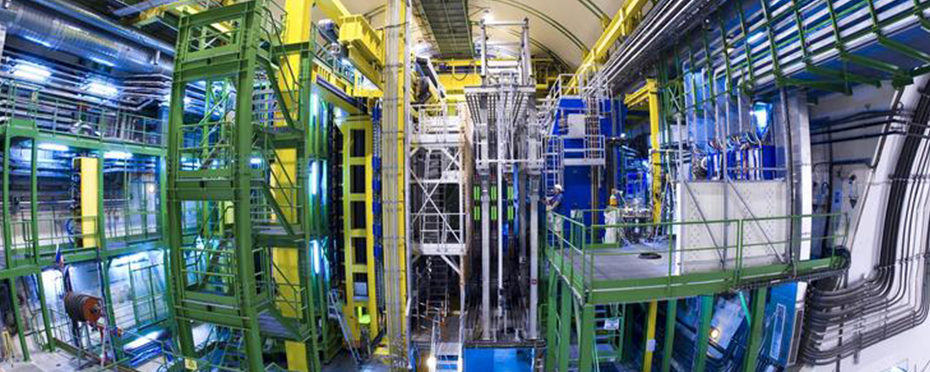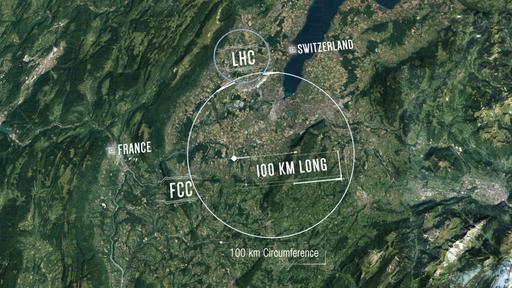Tsinghua and AMU Test of Lepton Flavor Universality (TAUFU)
The project led by Olivier Leroy was selected on March 18, 2019 by the Steering Committee of the AMidex Foundation as part of the "International 2018" call for projects of AMidex. This call aims to structure and strengthen the international cooperation of Aix-Marseille University (AMU) and the A*Midex partners through the support to international research, development and innovation projects with strong strategic potential. The project entitled "Tsinghua and AMU Test of Lepton Flavor Universality" (TAUFU) is led by the LHCb team at the Marseille Centre de Physique des Particules (CPPM, AMU - CNRS). The LHCb experiment is installed at the Large Hadron Collider LHC at CERN in Geneva. The aim of the experiment is to highlight New Physics by performing precision measurements in the decay of beautiful and charmed hadrons.
Contact [Olivier Leroy],(leroy@cppm.in2p3.fr)
Plus d'informations : https://www.univ-amu.fr/en/public/actualites/amidex-international-project-launch-taufu-collaborative-project-coordinated

Best Wishes for 2020

Greeting card illustrations:
-
The photon team is involved in the very large CTA research infrastructure. This observatory will detect very high energy gamma rays from extreme astrophysical sources with a sensitivity about ten times greater than that of its predecessors. @Dirk Hoffmann, CPPM
-
With its expertise in data flow processing, the LHCb team has designed a new generation of electronics card. 700 cards have been manufactured for the LHCb experiment, allowing all data to be read in real time at 40 Terabits/s. ©Jean-Pierre Cachemiche, CPPM
LHCb sees a new flavour of matter–antimatter asymmetry
The LHCb collaboration at CERN has seen, for the first time, the matter–antimatter asymmetry known as CP violation in a particle dubbed the D0 meson. The finding, presented today at the annual Rencontres de Moriond conference and in a dedicated CERN seminar, is sure to make it into the textbooks of particle physics.

International collaboration publishes concept design for a post-LHC future circular collider at CERN
the Future Circular Collider (FCC) collaboration submitted its Conceptual Design Report (CDR) for publication, a four-volume document that presents the different options for a large circular collider of the future. It showcases the great physics opportunities offered by machines of unprecedented energy and intensity and describes the technical challenges, cost and schedule for realisation.

Inauguration of the first telescope for the CTA project
The CTA project (Cherenkov Telescope Array) is a very large research infrastructure (TGIR) for France. Research teams from IN2P3, INSU and CEA are engaged in the CTA construction. It is the first observatory for very high energy gamma rays for astronomy. The CTA-LST collboration worked during about 10 years on this project, which ends today with the first telescope prototype LST-1, with a parabolic mirror of 23 m in diameter and a focal distance of 28 m. The inauguration of this first large telescope occured on October 10th at La Palma.
To obtain more informations :
Dernière modification: Apr 24, 2023, 9:28:03 AM